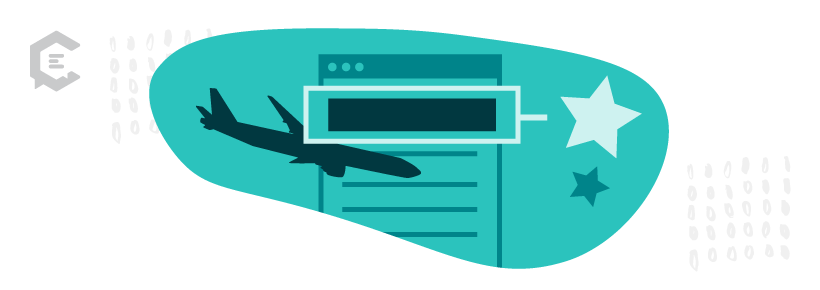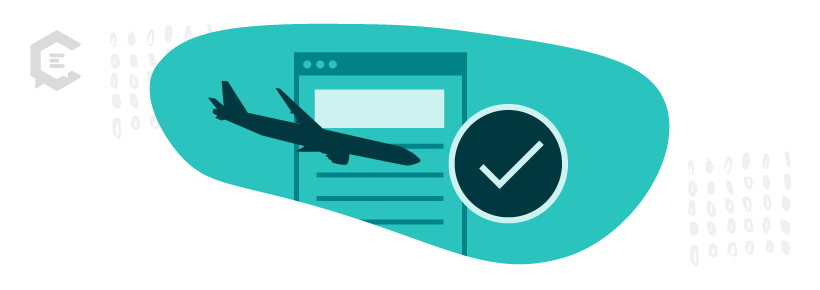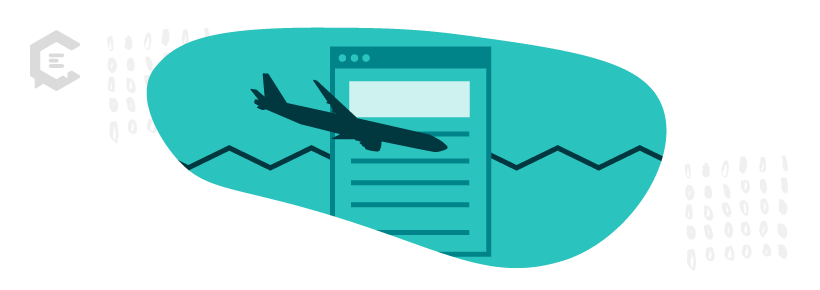If you’re getting ready to launch a new ebook, consulting service, or cleaning product, you may have planned much of the initial buzz around a landing page. How much have you thought about landing page titles? These single elements of a page may not seem as important as the call-to-action (CTA), but they are especially powerful.
What is a landing page?
A landing page is a stand-alone web page with the purpose of converting visitors into leads or even customers. If an immediate free offer is being shared (such as an ebook or white paper), it may also prompt visitors to sign up for a mailing list. In this case, it may be referred to as a lead magnet page or an “opt-in page.”
Landing pages, unlike other forms of content marketing, are explicit in their call to action. The majority of landing page text, images, and videos are made to create a sense of urgency in the reader and get them to take action right away. For this reason, it’s common for copywriters and sales communication experts often write the most compelling landing pages. And many of the most-shared landing page examples are thoughtfully crafted by people who specialize in them specifically.
How to create a landing page
While you may have been writing strong marketing copy for a while, the details of how to write a landing page may be unfamiliar to you. Fortunately, many of the same principles used to create other types of effective sales copy apply to landing pages as well.
Landing pages can vary in actual format and length, but the general process for creating one might look like this:
- Set a very clear goal for the page, such as increasing email signups or driving traffic to a webinar.
- Create an irresistible offer for those who interact with the page and follow the CTA.
- Use clear copy and minimalist visuals to state what the reader will get in return for their time, money, or commitment.
- Provide plenty of testimonials and positive customer reviews.
- Work multiple call-to-action buttons and fields into the flow of the page.
- Use landing page optimization tools, such as SEO checkers, to ensure your page will be seen by Google and loved by people.
If you are new to creating landing pages, you may want to consider enlisting the help of a seasoned writer with experience in this content form.
Why a landing page title matters
With so many pieces to remember, such as overall landing page design, a landing page title may be the last thing on your mind. This is the first thing your visitors will see, however, and it pays to invest time and energy into getting it right. Titles often take their cues from more traditional marketing content formats, such as the white paper or the case study, which aim to highlight the one takeaway the reader will get from spending time with the content.
Landing pages make a promise to the reader. Not fulfilling that promise can destroy trust in your brand and cause the reader to doubt future promises. Examples of broken promises include:
- Calling out a price or commitment in the title, then charging more upon signup.
- Offering to share tips or secrets but revealing nothing.
- Highlighting satisfied customers but not including their testimony or reviews later on the page.
Landing page titles can be technically, grammatically, and SEO-sound, but if they mislead the reader, they can cause the entire landing page to miss the intended goal, wasting time and money for your brand.
Landing page title best practices
Your landing pages set a proper tone and expectations for the reader if they follow simple rules for how titles are presented. Even if you plan on working with an agency or using pre-made landing page templates, refer to these guidelines for the title:
1. Be clear
This is not the time to be mysterious about what the page will be about, and don’t try to be so clever that the reader is unsure what they are getting into. Clarity rules here, so don’t get so fancy you leave readers asking, “huh?”
2. Be concise
Did you know that Google cuts off titles in search previews if they are too long? Stick with titles of 10 characters or less (including spaces.) Not only will this work for SEO advantages, but it keeps you moving readers down the page to the meatier parts of your content.
3. Stay on-brand
If you aren’t prone to using swear words in your overall marketing strategy, skip using them here. In fact, anything stylized should match how you speak every day to your customers. You are setting an expectation of tone from your very first landing page words.
4. Segment and target
One of the more beautiful qualities of landing pages is that they can bring in traffic from almost anywhere, including email signatures, social media, webinars, and QR codes. Creating a different landing page for each lead generation source not only makes sense, but it puts the perks of landing pages to their best use. Make your titles specific to the demographic, and don’t be afraid to directly reference how they found you.
An example would be a title that calls out a recent comic convention where visitors found the page from a tote bag freebie. It’s wise to address them uniquely and give them their very own landing page. We already know that personalized landing page offers convert higher, so make this strategy count.
5. Test, tweak, and test again
Landing pages are almost never fully finished because there is so much opportunity to work on little details to make them better over time. If you are using tools like SEO optimizers, heat mapping, and A/B testing, you have data that tells you what strategies are working and what could be improved upon.
Don’t forget to include landing page titles in your tests, keeping everything the same between two pages except for those few first words. Data gained from testing will give you valuable insight into the types of titles that resonate with your audience, giving you a blueprint for better titles in the future.
Make the best first landing page impression
Like other forms of marketing content, the landing page is something that has evolved quickly over time. No matter what else changes, however, the title is the first thing people see and sets the tone for everything that follows. Put in the work to make it the best title ever.







